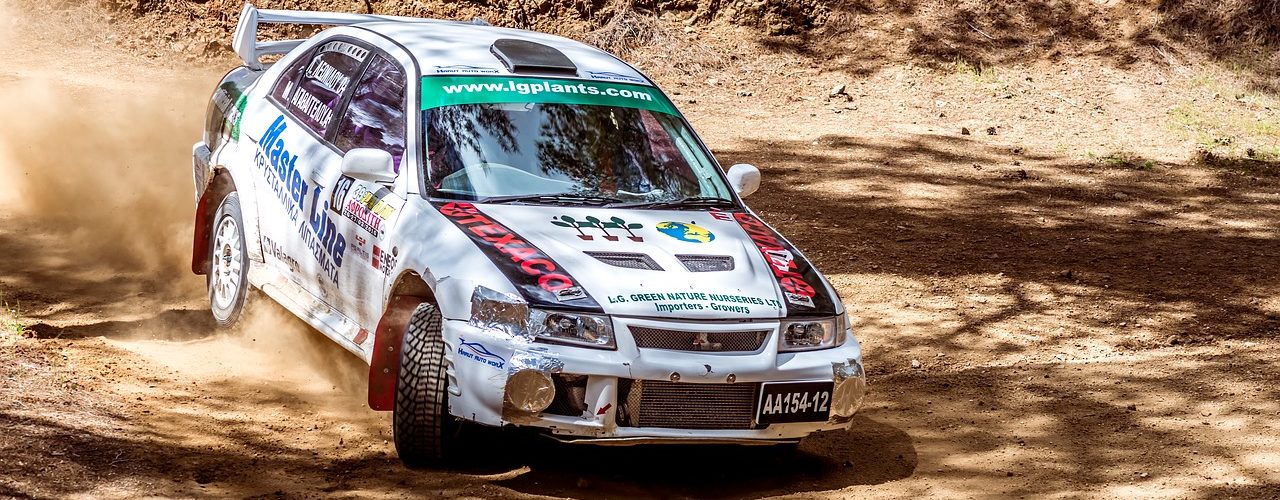If you are looking to install the darkest legal tint on your car or vehicle, there are a number of technical considerations you need to understand, or you run the risk of ending up on the wrong side of the law, and could even expose yourself to financial risks or possible criminal charges. How is that possible? Brad Maguire is one of a select group of window tinters talking about this issue, and he explains why it’s so important below.
In all States and Territories of Australia, the darkest legal tint allowed on a vehicle is one with a VLT (visible light transmission) level of 35%, on all vehicle windows (excluding the front windscreen, which is not allowed to have any window film with the exception of the visor strip across the top). The only exception to this is in the NT and WA. In the Northern Territory you are permitted a minimum VLT of 15% for windows behind the driver, and in WA you are allowed 20% VLT on windows behind the driver.
So here’s where things get a little tricky. Most vehicles already come with a slight tint in the glass in their windows, so this needs to be considered when adding tint to your windows. Lets look at the maths.
If the factory windows on your car already block 30% of light, when a film with the “darkest legal tint” of 35% is added to this glass, it will emit only 35% of light into a window that is already only emitting 70% of light, so the end VLT reading will be impacted by the combination of both tint ratings.
This needs to be respected because if a driver inadvertently fails to comply with tinting regulations, the least of your problems is the risk of a fine. But worse still, if a vehicle is involved in an accident and its illegally dark windows are considered by the court to be a contributing factor, this could mean the nulling of your insurance policy, leaving you exposed to the full financial implications of the accident. Additionally criminal charges could apply if property is damaged or people are injured.
Another consideration is that by modifying a vehicle with illegally dark windows, the vehicle is deemed un-roadworthy, which means you can’t legally drive the car again until it has been put through roadworthy testing, in which case the illegal tint will have to be removed! That’s why the combined VLT of both the glass and film really should be considered when you’re selecting the appropriate tint for your car.
Summing up then, When it comes to tinting windows, make sure you choose a reputable professional installer that has the expertise to be able to offer you the best solution for your circumstances and help you install the darkest legal tint, legally! That way you’ll end up with a range of benefits, instead of a list of ongoing risks that could cause your some real problems if your unlucky enough to be fined or involved in an accident.

